As population shifts reshape the U.S. landscape, certain metro areas are emerging as the clear winners in terms of growth and momentum. Between 2023 and 2024, data shows that the Sun Belt continues to dominate, while major coastal and northern cities show signs of recovery. This blog dives into the metros leading the charge in both numeric and percentage population growth, explores regional trends, and identifies which markets present the strongest investment opportunities.
The top metros adding the most residents between 2023 and 2024 are some of the largest in the country. New York-Newark-Jersey City added over 213,000 people, showing a rebound from earlier population losses. Houston (+198,000) and Dallas-Fort Worth (+178,000) followed closely, reinforcing Texas’ status as a population magnet. Other high-growth metros by sheer numbers include Miami-Fort Lauderdale, Washington, D.C., Phoenix, Orlando, Atlanta, Chicago, and Seattle.
While large metros lead in absolute numbers, smaller and mid-sized markets are growing the fastest by percentage. Ocala, FL topped the list with a 4.0% growth rate in just one year. Close behind were Panama City, FL and Myrtle Beach, SC at 3.8%, followed by Lakeland-Winter Haven, FL, and Provo-Orem, UT. Many of these fast-growing areas are located in Florida, the Carolinas, and parts of the Mountain West, driven by affordability, lifestyle appeal, and inbound domestic migration.
Zooming out to a four-year perspective, the same regional patterns persist. The Villages, FL saw average annual growth of 4.4% between 2020 and 2024. Myrtle Beach and Lakeland each averaged nearly 4.0%, while St. George, UT grew by 3.4% annually. Other top performers include Ocala, Port St. Lucie, Panama City, Wilmington, Punta Gorda, and Provo—all posting annual growth rates around 3%.
Some metros, like Ocala, have seen accelerating growth in recent years, while others like The Villages grew more rapidly earlier in the decade. Overall, the 2020–2024 period confirms the long-term growth advantage of Sun Belt metros, even through the disruptions of the pandemic.
A clear takeaway from the data is the dominance of the Sun Belt. Nine of the 10 fastest-growing metros from 2023 to 2024 were located in the South, particularly in Florida, Texas, the Carolinas, and Georgia. The Mountain West also posted impressive gains, particularly in Utah, Idaho, and Arizona.
In contrast, much of the Midwest and Northeast posted modest growth or continued to recover from earlier losses. Larger cities like New York and Chicago did post gains in 2023–2024, but their growth was largely driven by international immigration, while domestic migration favored Southern and Western metros.
Florida remains the standout growth story. It dominated both numeric and percentage growth rankings, with metros like Miami, Orlando, Lakeland, Ocala, and Port St. Lucie all seeing strong gains. Texas also remains a national growth leader, driven by major metros like Houston and Dallas, as well as continued expansion in Austin, San Antonio, and Midland-Odessa.
Population growth is one of the strongest indicators of market vitality and opportunity. Large Sun Belt cities like Dallas, Houston, Phoenix, and Miami not only top the charts in terms of population gains but also show continued demand for housing, infrastructure, and services. These areas are magnets for both talent and capital.
Mid-sized southeastern metros like Spartanburg, Ocala, and Port St. Lucie represent emerging investment frontiers, where fast growth is driving demand for residential, retail, and industrial development. Lifestyle metros such as Myrtle Beach, Lakeland-Winter Haven, and Orlando are benefiting from retiree migration and offer strong opportunities in healthcare and housing.
In the Mountain West, Provo, UT stands out as a high-growth tech and education hub with rising housing needs. As these trends continue, the metros attracting the most people are likely to see continued appreciation, development, and investment interest.
As the U.S. population continues to migrate toward the Sun Belt, metros across Florida, Texas, the Southeast, and the Mountain West stand out for their rapid growth and economic momentum. These trends reflect long-term drivers like affordability, lifestyle appeal, business-friendly policies, and the rise of remote work. Markets with strong population inflows and diversified economies are well-positioned for sustained performance.
For investors, developers, and businesses, it’s essential to watch not just where people are moving—but why. Surging demand for housing, services, and infrastructure in high-growth metros presents clear opportunities across multifamily, retail, healthcare, and industrial sectors. Population trends are more than demographics—they’re a leading signal of future economic activity. Those who act early in these markets are likely to benefit from both growth and resilience in the years ahead.






